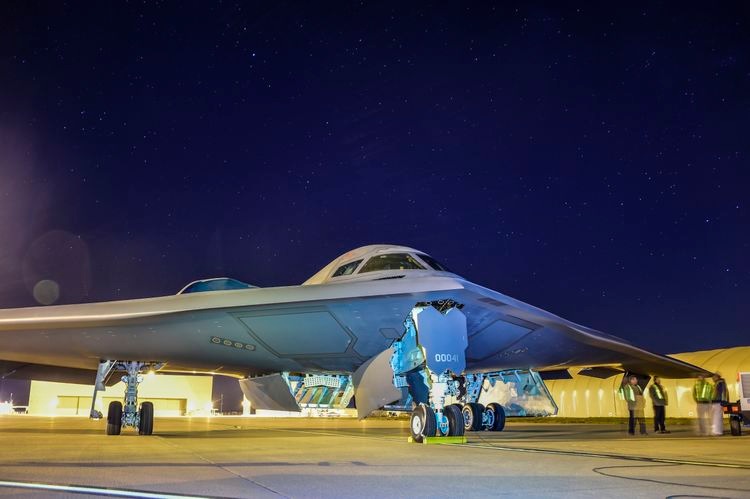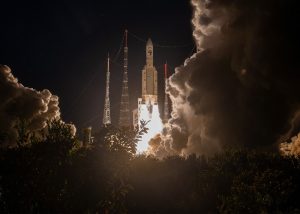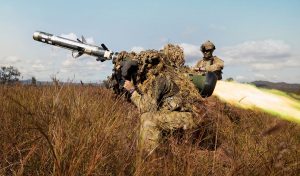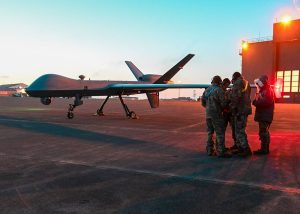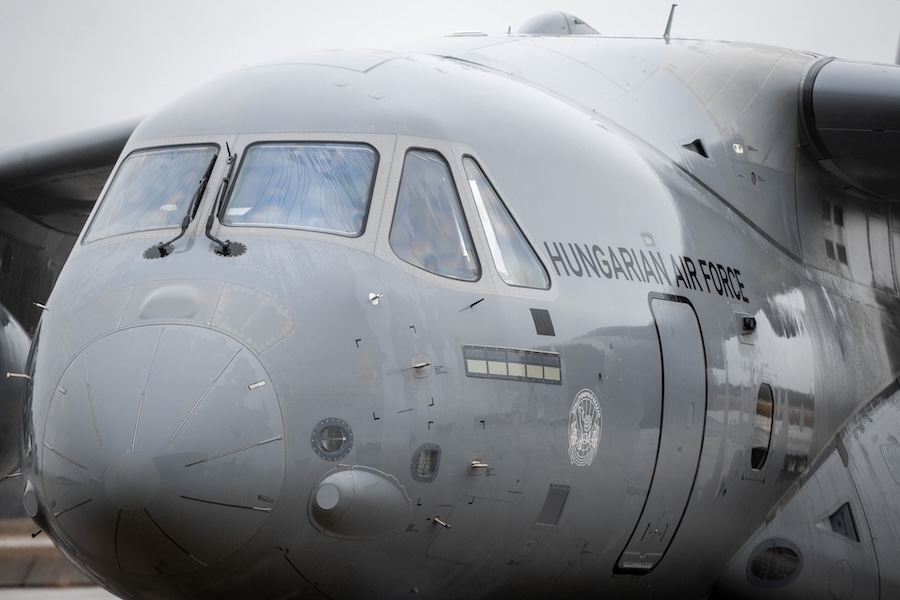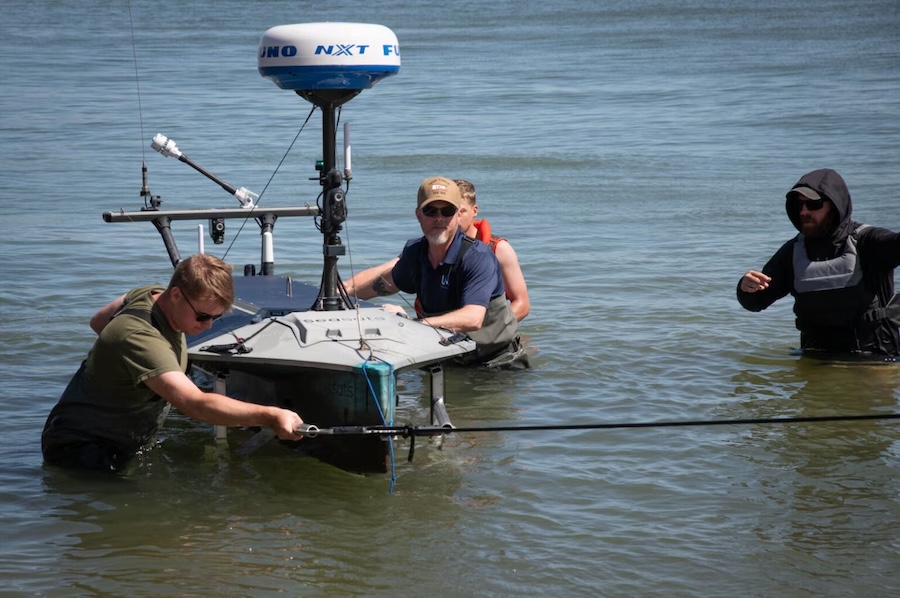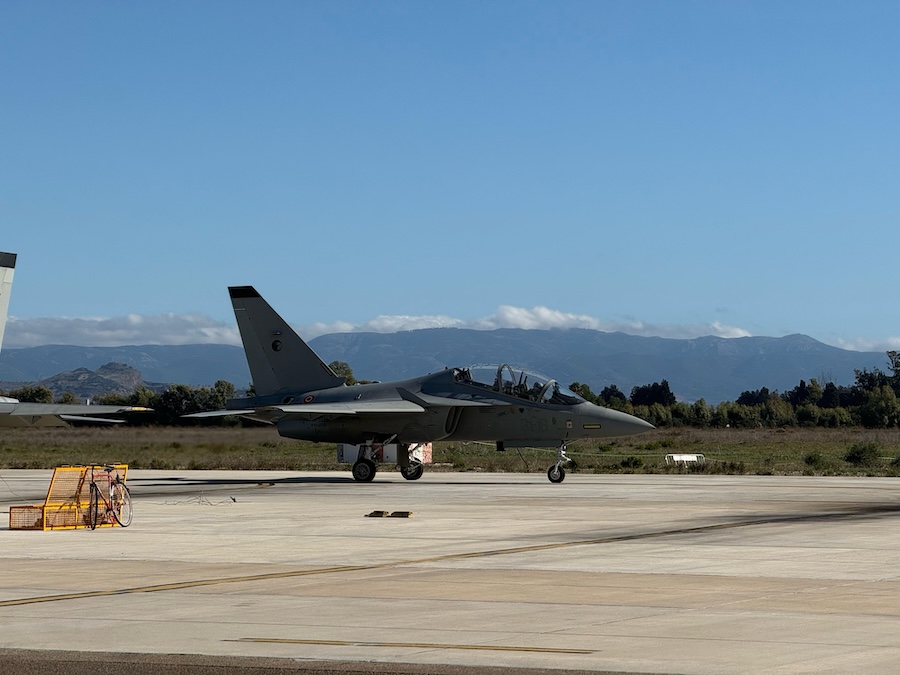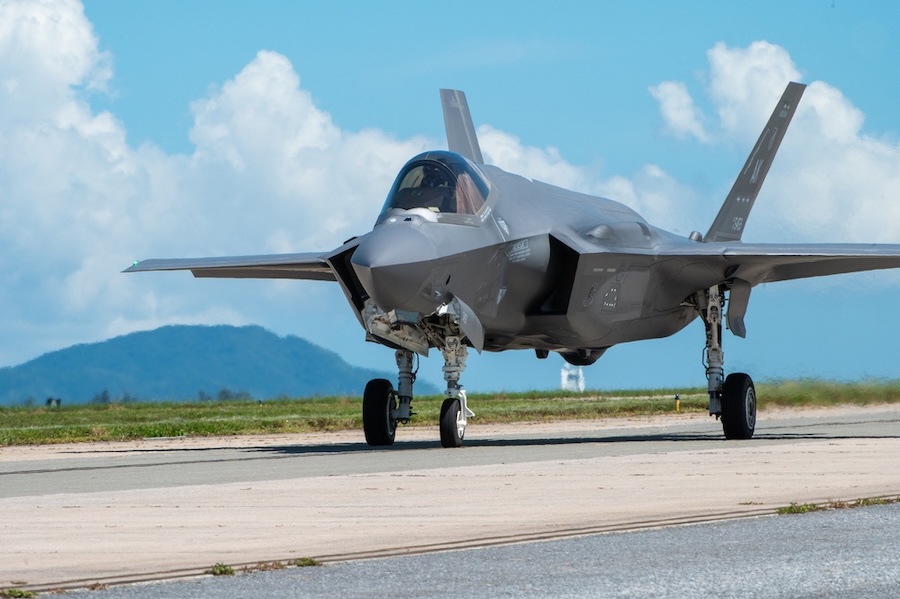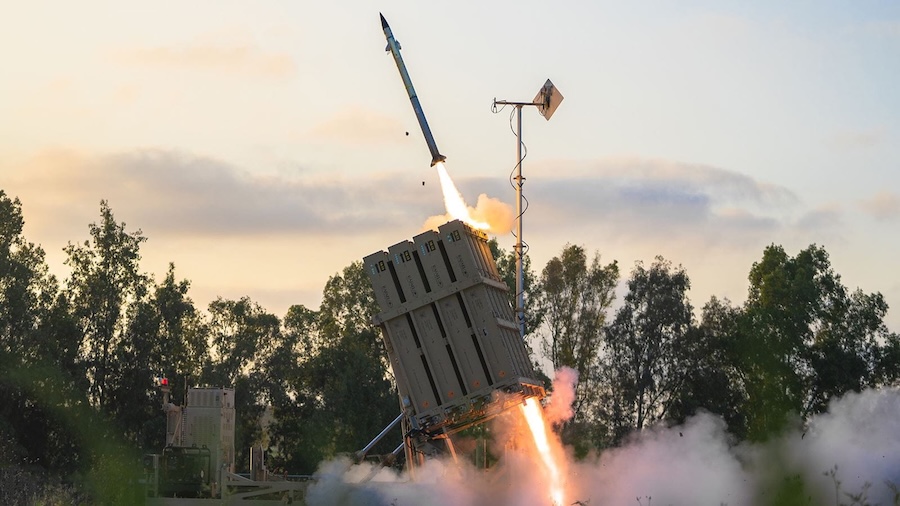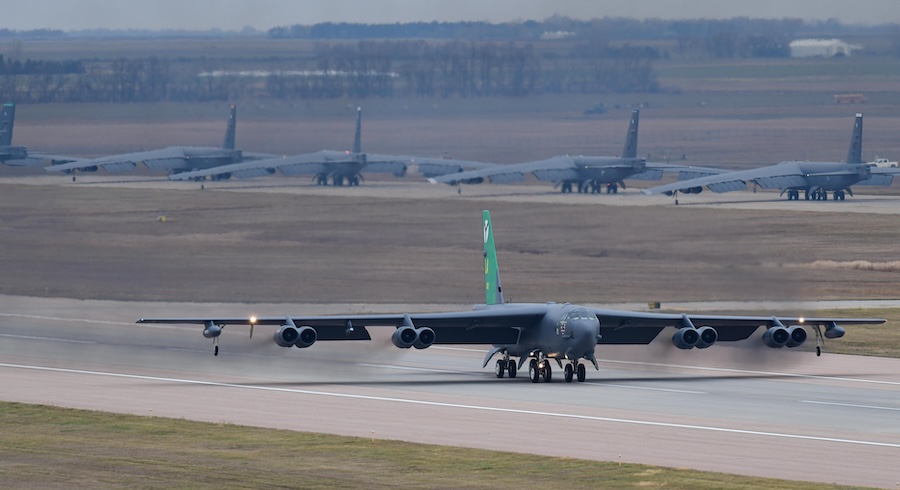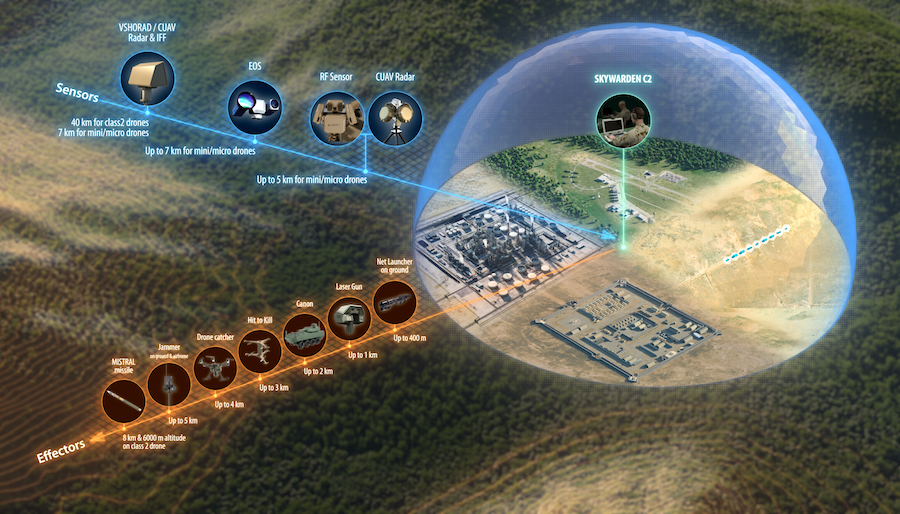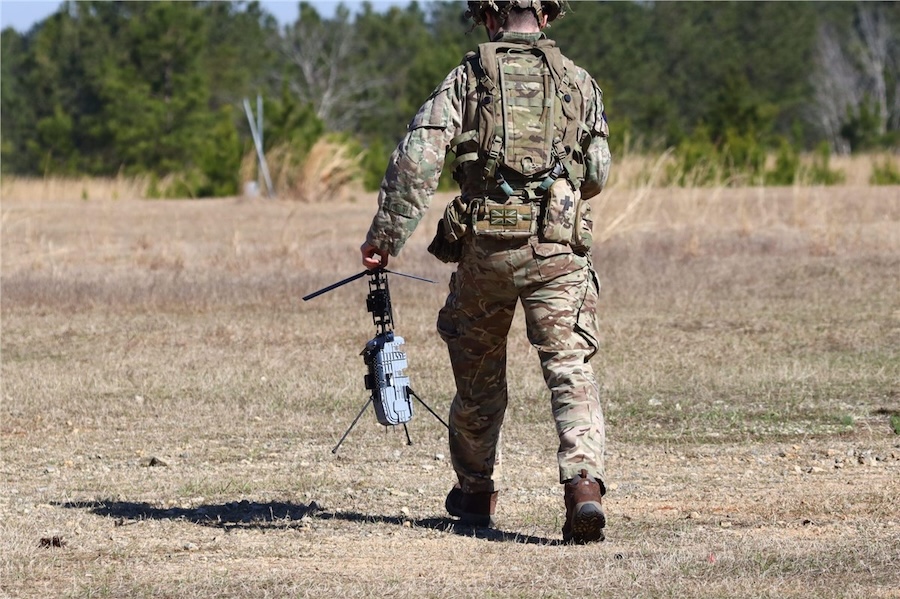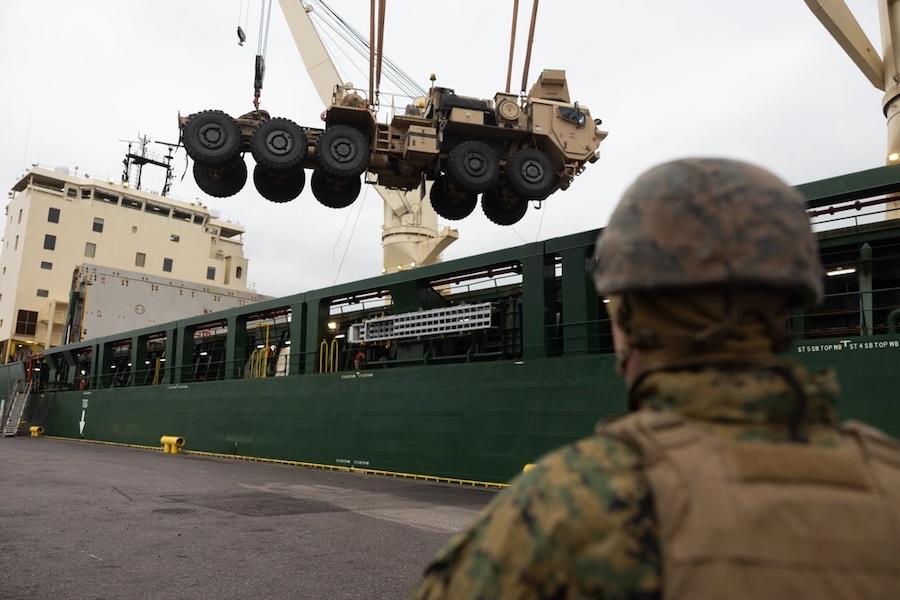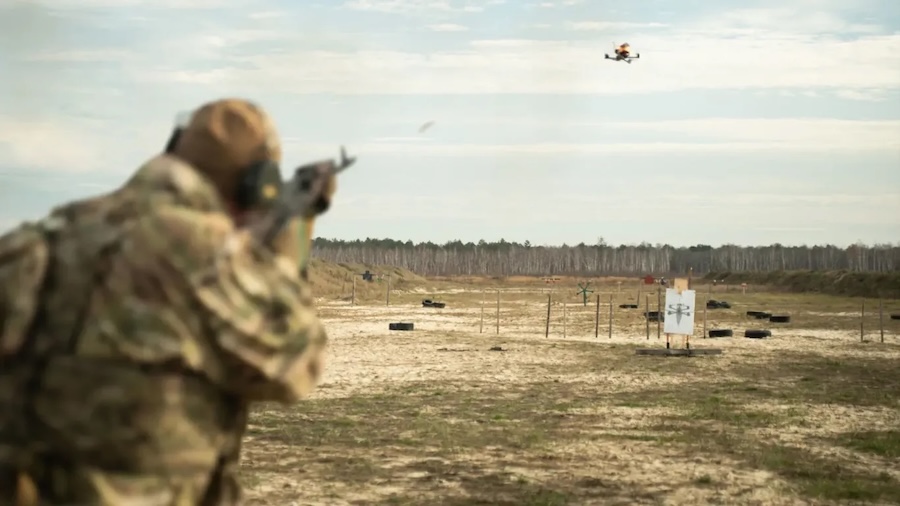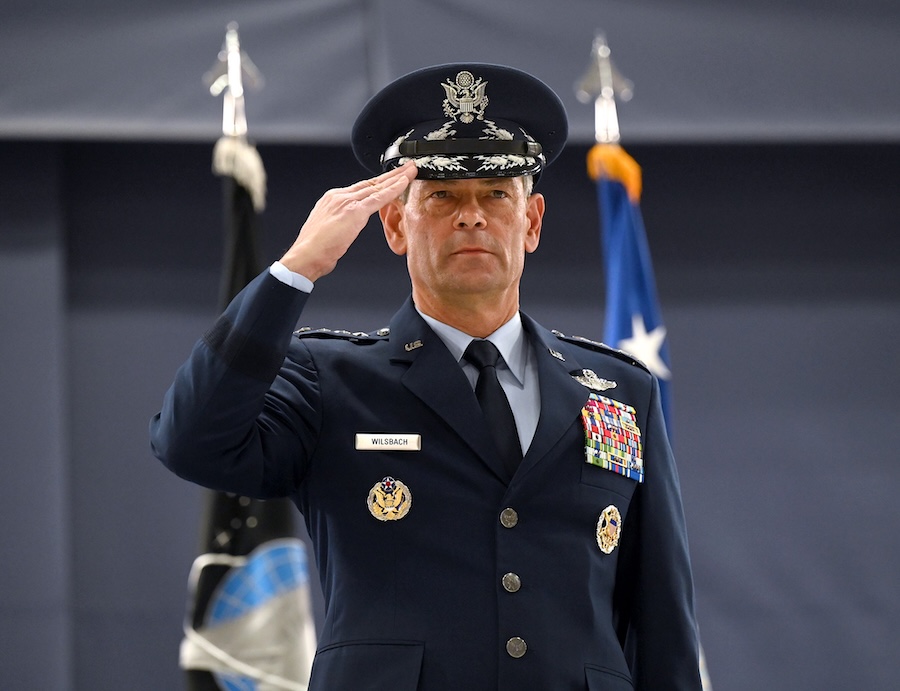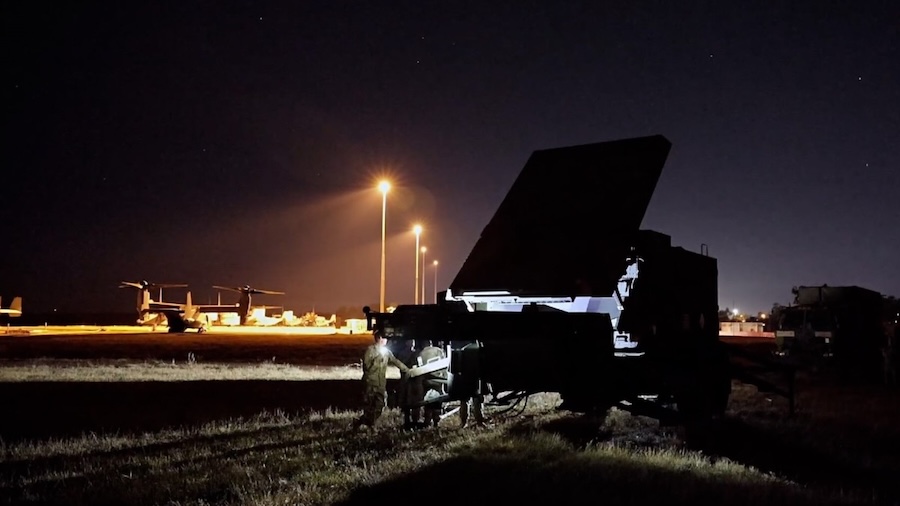Air Force Secretary Troy E. Meink highlighted the ongoing modernisation of nuclear capabilities, including the replacement of the ageing LGM-30G Minuteman III intercontinental ballistic missiles with the new LG-35A Sentinel system. He also noted the development of the B-21 Raider stealth bomber, capable of delivering both nuclear and conventional weapons, as a critical component of strategic deterrence.
“We will deter China through investments in our people, our readiness and our posture within the Indo-Pacific region,” Meink said. He explained that readiness in the region includes high-level exercises designed to test the Air Force’s ability to deploy and operate under extreme conditions.
Air Force Chief of Staff General David W. Allvin underscored the significance of nuclear triad modernisation and additional air power upgrades. These include the development of the F-47 Next Generation Air Dominance fighter to succeed the F-22 Raptor, revitalisation of the B-52 Stratofortress bomber, and upgrades to the F-35 Lightning II and F-15 Eagle fleets.
“These systems will anchor our strategic deterrent for decades,” Allvin said. He added that investment in personnel remains essential, but current budget constraints under a continuing resolution have negatively affected funding and recruitment.
Allvin further stated that building a more lethal force involves prioritising effective programmes while divesting from outdated systems and unused infrastructure. He emphasised that resource allocation must match the Air Force’s strategic goals.
Turning to space, Chief of Space Operations General B. Chance Saltzman stressed the critical role of space assets in U.S. economic and national security. He cited the importance of systems like GPS and communication satellites for battlefield awareness and targeting.
“In the past three years, the Space Force has been asked to take on critical new missions like ground and air moving target indications, adding new space control capabilities, advanced training requirements and a threefold increase in launch tempo at our national spaceports,” Saltzman said. He also introduced the “Golden Dome” programme as the newest mission set, involving space-based technology development for previously unachieved military objectives.
“These are not modernization efforts or shifts from legacy missions. They represent new requirements for missions that have never been accomplished by military space organizations,” Saltzman explained. He noted that acquisition teams have improved efficiency across mission areas, saving hundreds of millions of dollars and accelerating contracting processes.
Source: U.S. Department of Defense.


